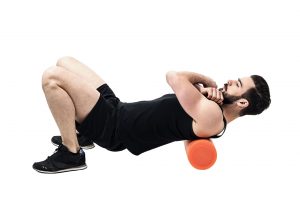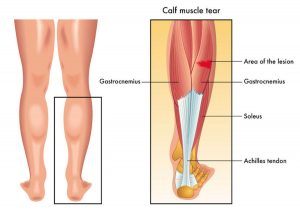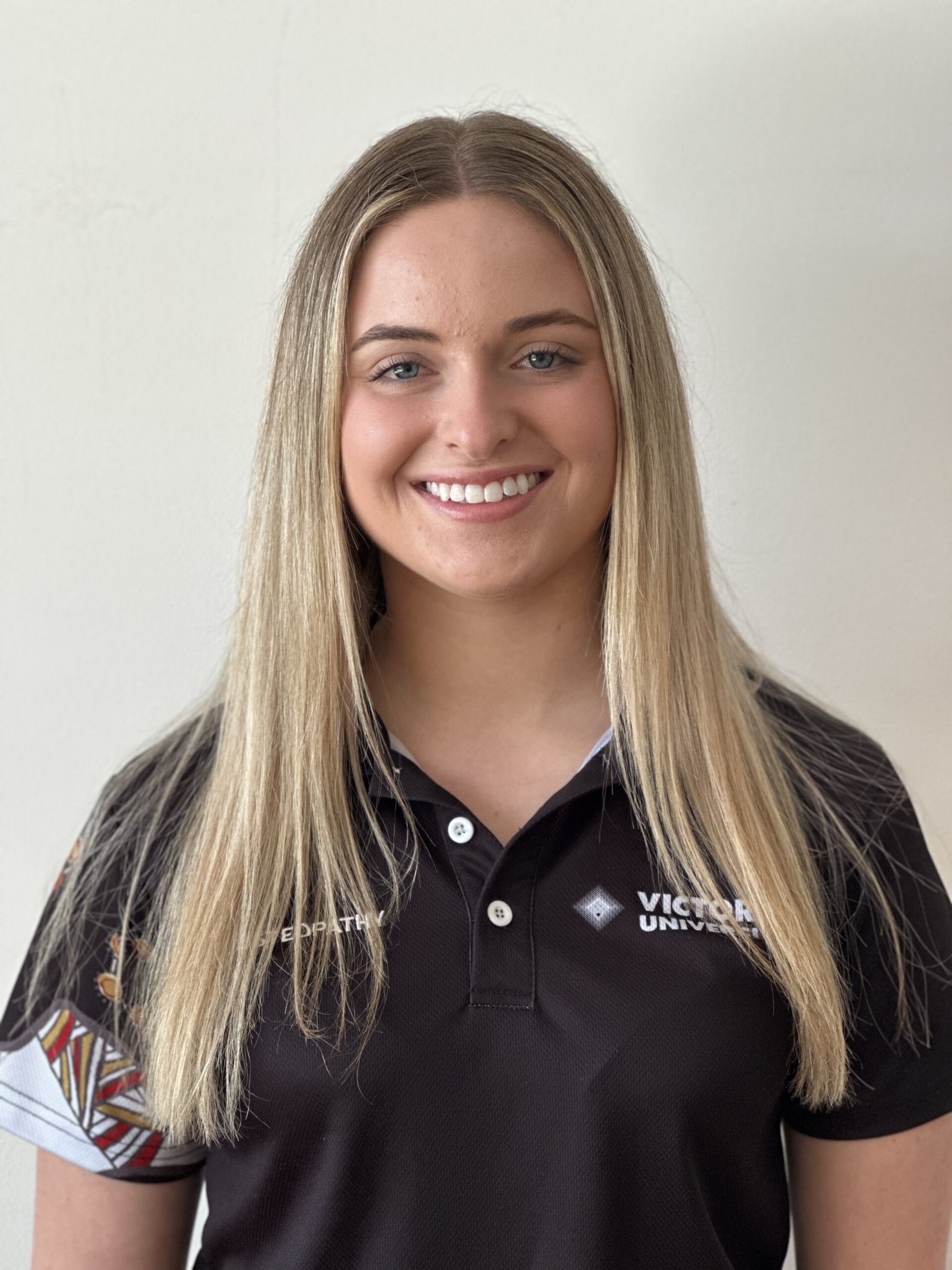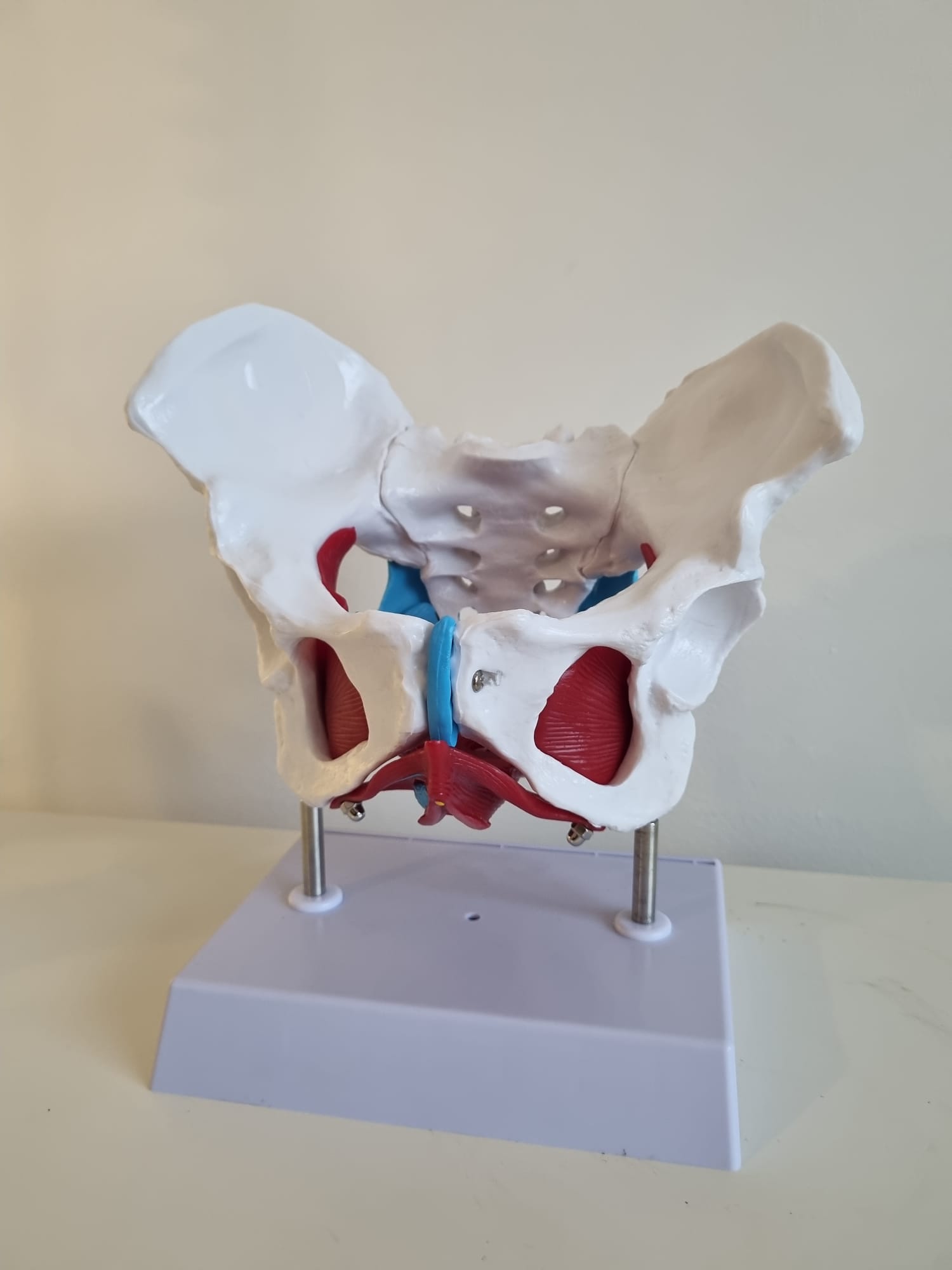
Thoracic Spine
Your spine is made up of three areas, Cervical (neck), Thoracic (mid-upper back) and Lumbar (low back). But today we are talking specifically about the Thoracic Spine!
Your thoracic spine is the largest section of vertebrae, consisting of 12 segments. It should have a natural kyphotic curve and runs from the base of your neck down to just before the curve of your lower back starts.
It holds the attachment of all 12 ribs so is an integral part of the body. Combined together the vertebrae and ribs make up the thoracic cage. The most important role of the thoracic cage is providing a supportive structure and protective casing for your heart and lungs and expands and collapses during breathing. When moving correctly it also allows for smooth functioning of your neck and lower back as well as your shoulder girdle.
How is it restricted?
The thoracic spine can be restricted from poor posture, muscle weakness or imbalance as well just simply not moving enough through the day – I’m looking at you desk workers! This causes either additional curvature (hyperkyphosis) or a reduce curve (hypokyphosis) which will decrease the ability for movement.
What does this mean?
This can then either reduce or increase the movement in surrounding structures such as shoulder girdle, cervical spine and lumbar spine.
Shoulder Girdle
The scapulothoracic joint is where your scapula (shoulder blade) sits over your rib cage and is designed to glide and move with ease as you bend and move your upper body and arms. It acts a stabilising structure to your glenohumeral joint (shoulder) but when there is limited movement through the thoracic spine, the gliding nature of your scapula is reduced and the stability through your shoulder is also reduced causing additional stress through the joints and muscles of this area.
Cervical & Lumbar Spine
Both the cervical and lumbar spines are designed to provide stability and generally have less movement, whereas the thoracic is meant to be mobile as described above. But when movement is restricted through the thoracic spine and the rib cage, over time your body will find another way which may lead to additional movement and stress through both cervical and lumbar spines.
What’s next?
Whilst this may or may not cause any problems, it can often lead to muscle tension and joint stiffness and sometimes pain in these areas as they are unable to withstand the additional movements over long periods. If you’re experiencing stiffness, muscle tension or pain make an appointment with one of our Osteopaths, Remedial Massage Therapist or Myotherapist for an assessment or advice.





